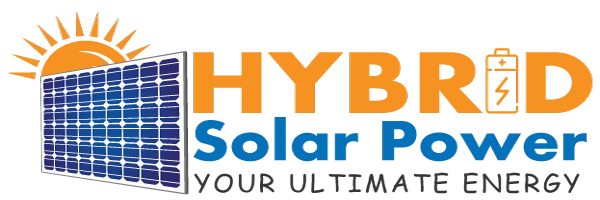Will a 10 kW Solar Panel System Work For Your Home?
A solar photovoltaic (PV) system installation is a terrific way to generate your own renewable energy and reduce your ongoing electricity costs. The size of the solar system you install must be sufficient to cover the majority or all of your energy costs while investing in a solar system can be costly.
A 10 kilowatt (10,000 watts)10,000 watts (W) solar power system may be on your radar since it matches your budget or takes up minimal roof space. We'll help you determine if a 10 kW solar system will meet your demands, whether you live in a large metropolis or are installing solar for an on-grid or off-grid home.
What you can learn from this article
How Much Does a 10kW Solar System Cost?
Remember that the cost of a solar system can vary depending on a number of factors that are specific to each homeowner, such as the cost of Solar panels where you live, the brand of solar equipment you purchase, and whether you intend to do your own DIY solar installation or select a particular solar installer. Additionally, there are financial incentives including solar rebates that might lower the cost.
Here are the prices in the top states for solar energy for a 10 kW solar system:
State | Average Cost of 10 kW Solar System | Average Cost Per Watt |
Adelaide | $8,130 | 83C |
Brisbane | $8,800 | 88C |
Canberra | $7,400 | 74C |
Darwin | $13,600 | $1.36 |
Hobart | $10,000 | $1 |
Melbourne | $8,000 | 8C |
Perth | $8,800 | 88C |
Sydney | $7,700 | 77C |
This price estimate includes the installation of your solar PV system and all necessary hardware, such as panels, racking and mounting supplies, solar inverters, etc. The price will probably increase if you add any further devices, such as a combiner box, solar battery, or solar charge controller for battery storage.
From the above table, you will only get a clear idea about the cost of a solar system. It may not match the current market conditions at times. So click here to know the latest price. We are always ready to help you.
How Much Can You Save On Your Electricity Bill With a 10 kW System?
By installing a 10 kW solar system, the typical Australian homeowner will save $4,020 year on electricity expenditures, according to our market study.
However, if your solar panels are not producing enough electricity, such as at night, you may still receive a utility bill that includes grid infrastructure fees or any additional power you need from the grid. This won't apply if you're installing an off-grid solar system; the majority of solar systems are connected to the grid.
Additionally, net metering, which allows you to receive credit for the extra electricity you give to the grid, is not taken into account in these savings. You might not only completely eliminate your energy costs if you reside in a state with a genuine net metering system, but you could also receive credits or other payments from your utility provider.
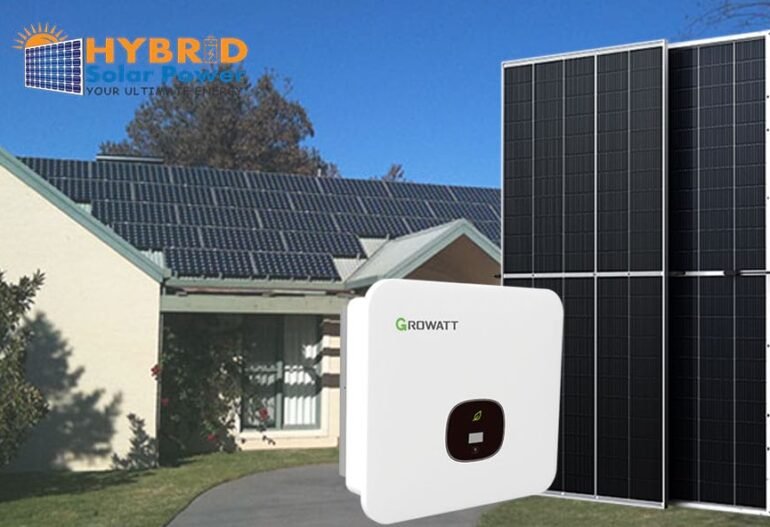
How Much Energy Does a 10 kW System Produce?
A 10 kW system will typically generate 1,255 kWh of electricity each month, or between 13,400 and 16,700 kWh annually.
The amount of electricity your solar system generates will vary depending on where you live, much like with price. This means that, despite having the same size, a 10 kW solar panel system in sunny Sydney will probably produce more electricity than a 10 kW system in Hobart. Despite this, states with less sunshine still benefit from solar power, particularly because they often use less electricity.
How Many Panels Are Needed in a 10 kW Solar System?
It depends on the output capacity (watts) of each panel, you select, a 10 kW system requires anywhere between 28 and 40 solar panels. The average solar panel is 65 by 39 inches or around 17.5 square feet, so keep that in mind when you’re assessing space for a rooftop solar panel kit or a ground-mount solar array.
Thin-film solar panels are the least efficient and have the lowest wattage, followed by polycrystalline and then monocrystalline solar panels. The output of less-efficient solar panels can be as low as 250 W, whereas the finest solar panels now on the market have an output of between 370 and 415 W per unit.
In order to purchase a 10 kW (10,000 W) system, you will need roughly 25 solar panels, each of which can provide 370 W. This is how your calculation will appear: 10,000 W / 415 W = 24.096 panels.
Although the cost of solar is lower if you select a less expensive, higher-efficiency model, keep in mind that you may end up paying the same or more for your solar energy system overall because you’ll need to purchase additional panels.
The majority of homes can be powered by a 10 kW system, however, this again depends on your location and the energy needs of your household.
Given that the typical Australian household uses 41 kWh of electricity per day (or 14,965 kWh annually), a 10 kW system that generates 1,255 kWh of electricity per month would undoubtedly be sufficient to power the typical home.
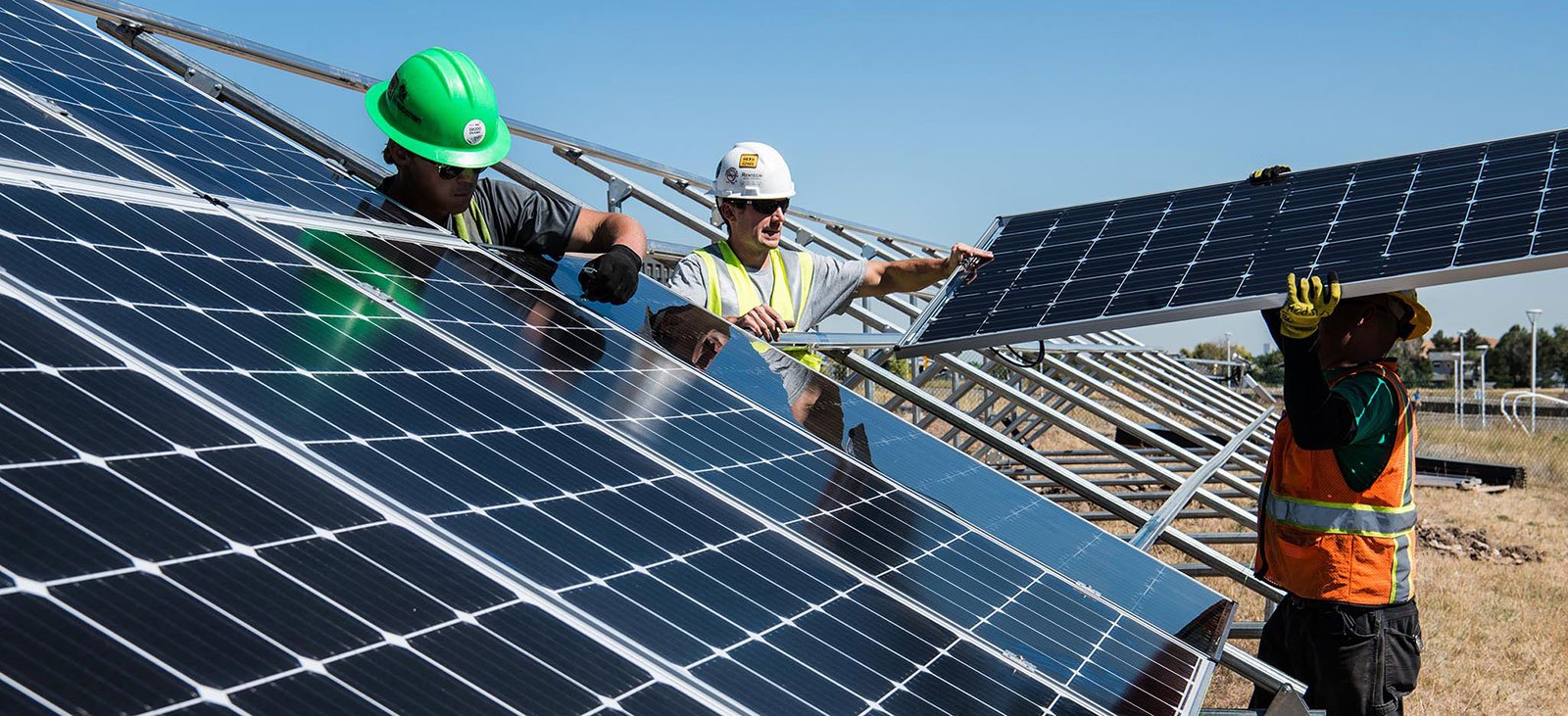
Net metering at a retail price:
You receive full credit for each kilowatt-hour transmitted to the grid when using net metering at a retail rate. You will receive a credit of 30 cents for every kWh exported, for instance, if you are charged 30 cents per kWh consumed. While many other countries have such net metering facilities, Australia does not have this facility.
Net metering at a reduced feed-in tariff:
A lower charge is applied to excess electricity that is delivered to the grid when net metering is used. For example, you might pay 0.07 to 0.10 cents for each kWh exported while being taxed 25-30 cents per kWh for consumption. In many states where retail-rate net metering is not required, feed-in tariffs and other alternate programs are employed instead.
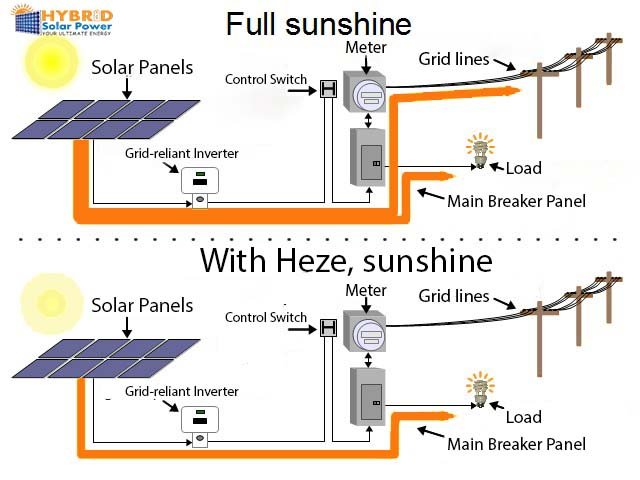
Payback Period
Most people assume that the efficiency of a solar power system is the same for every home and that the return on investment is equal to the “payback period”. But the efficiency of the solar power systems of the same quality in every home may not be equal due to various reasons.
We estimate and calculate the average annual production that a 10 kW solar system will take the homeowner about 4 to 6 years to break even.
Find the Right Installer for a 10 kW System
Although most solar businesses can install systems of any size, you should pick the top local solar installer for the job. When selecting a solar firm, keep the following things in mind:
Availability: Even well-known solar firms typically only cover a maximum of 25 states . You'll most certainly have a lot of possibilities if you reside in one of the best states for solar. On the other side, you might only have a few solar installers nearby if you live in a region where solar energy is still expanding.
Costs of solar energy and financing: There are various solar financing solutions available to businesses. Find the one with the most affordable pricing and payment schedule for your household.
Numerous solar firms provide free home consultations and evaluations. Others will at least provide a free estimate depending on the particulars of your home. To compare costs, we advise collecting solar quotes from at least three businesses. Additionally, make sure to enquire about any promotions, discounts, or rebates the business may be providing.
Warranty: Since solar panels are an expensive investment, you want to make sure it is safeguarded. As is industry usual, choose solar panels that come with a warranty of at least ten years. However, the majority of the solar businesses we suggest have warranties that are valid for up to 25 years.
Want assistance locating a solar company? For additional information, start here, or complete the form below to be connected with a pre-screened installer nearby.
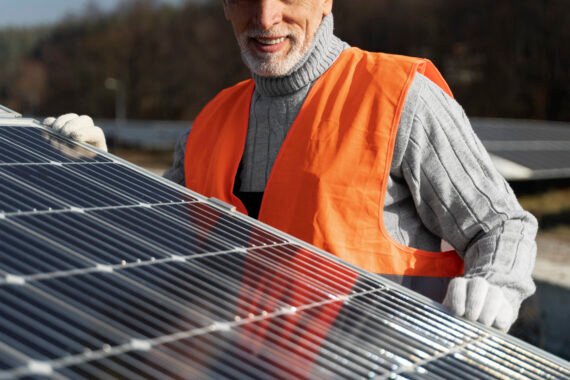
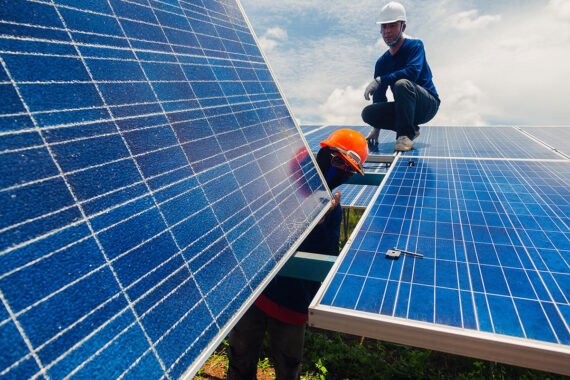
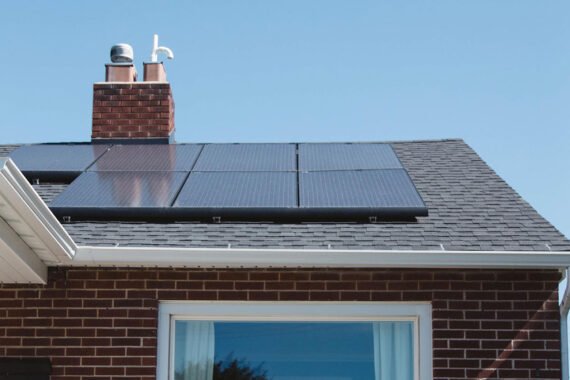
If you have any questions or need help, feel free to contact with our team.
info@hybridpowersolar.com.au
72 Canterbury Rd Bankstown NSW 2200, Australia
Level 5,1 Bowes Place, Phillip ACT-2606, Australia
©2023 Hybrid Solar, All Rights Reserved.
